In a move that has sent shockwaves through the global defense industry, Russia has made a special offer to India, offering to sell its advanced Su-57E stealth fighter jet with full access to the source code, according to a report from the Arabic Defense website. Photo: @Defence Security Asia.
This information appeared in early June 2025, putting Russia in direct competition with the US, which has offered the F-35 Lightning II to the Indian Air Force. Photo: @Army Recognition.
This Russian offer is described by military and defense analysts as a strategic move, aimed at ensuring Russia's influence in the Indian defense market, while also seeking to stem the growing military relationship between the US and India. Photo: @Army Recognition.
For India, of course, the deal represents a significant opportunity to bolster its air force capabilities amid rising regional tensions, particularly with China and Pakistan. Photo: @Defence Security Asia.
Russia's willingness to transfer the Su-57E's source code could reshape India's defense strategy, giving it unprecedented control over an advanced platform and raising questions about the future of India's indigenous fighter program. Photo: @Sputnik Africa.
The Su-57E, an export variant of Russia's Su-57 fifth-generation stealth fighter, is a twin-engine multirole aircraft designed to compete with the world's most advanced jets. Developed by Sukhoi, a subsidiary of Russia's United Aircraft Corporation, the Su-57 (known by its NATO reporting name “Felon”)—first flew in 2010 and entered service with the Russian Air Force in 2020. Photo: @SP's Aviation.
The aircraft has a top speed of Mach 2 (2,468 km/h), a combat radius of about 1,500 km and the ability to carry a payload of up to 10 tons, including air-to-air and air-to-ground munitions. Its stealth features are achieved through radar-absorbent materials and an advanced aerodynamic design that reduces its radar cross-section, although some analysts say the Su-57 still lags behind Western rivals like the F-35 in this regard. Photo: @Defence Security Asia.
The Su-57E variant in particular is equipped with an advanced avionics suite, including the Sh-121 radar system with active electronically scanned array technology, capable of tracking multiple targets simultaneously. Its super-maneuverability is aided by thrust-vectoring engines, allowing it to perform complex aerial maneuvers, making the Su-57E a formidable platform for air superiority missions. The Su-57E's versatility extends to electronic warfare and precision strikes, with the integration of hypersonic weapons such as the Kinzhal missile reported in recent years. Photo: @Army Recognition.
The significance of the Russian offer to provide the Su-57E source code—the software and technical data that controls the Su-57E jet's key systems, such as flight controls, radar, and weapons integration—will allow India to modify and maintain the aircraft itself, integrate indigenous systems, and reduce its dependence on other foreign suppliers. Photo: @SP's Aviation.
This is in line with India’s “Make in India” initiative, which emphasizes domestic manufacturing and technological self-reliance. For a country facing sophisticated adversaries like China, which has the J-20 stealth fighter, and Pakistan, with the JF-17 and possible F-16 upgrades, such autonomy is a huge strategic advantage. The ability to tailor the Su-57E to India’s specific needs could help streamline logistics and increase flexibility in air force operations. Photo: @SP’s Aviation.
Russia has historically been a reliable partner for India’s defense needs, supplying more than 60% of its military hardware, including the S-400 air defense system, which was delivered in 2021 despite US objections. The Su-30 MKI, a customized version of the Russian Su-30, forms the backbone of the Indian Air Force, with more than 260 in service. This long-standing partnership gives Russia an advantage in negotiations, as India values years of proven cooperation and familiarity with Russian systems. However, providing the source code for the Su-57E to India is unprecedented. Photo: @Army Recognition.
Russia’s willingness to share sensitive technology stems from its need to maintain strategic ties with India amid Western sanctions and the shifting balance of the global arms market, according to defense analyst Ajai Shukla. Sanctions, intensified since Russia’s 2022 invasion of Ukraine, have limited Russia’s ability to export advanced systems, making India an important market. Photo: @The National Interest.
In contrast, the US has been cautious about sharing the F-35's source code with its allies. The F-35 Lightning II, developed by Lockheed Martin, is a single-seat, single-engine stealth fighter designed for multi-role operations, including air superiority, ground attack and electronic warfare. Photo: @Defence Security Asia.
With three variants—the F-35A for conventional takeoffs, the F-35B for short takeoffs and vertical landings, and the F-35C for carrier operations—the jet is known for its advanced sensor fusion and network-centric warfare capabilities. Its AN/APG-81 radar and distributed aperture system provide unparalleled situational awareness, while its stealthy design minimizes the likelihood of detection by enemy radars. Photo: @Sputnik Africa.
The F-35 can carry up to 8,000 kg of weapons and has a combat radius of about 1,200 km. However, its high cost—about $110 million per F-35A—is a point of contention for potential buyers, including India. Photo: @Army Recognition.
The US has restricted access to the F-35's source code, even for close allies like the UK and Australia, due to concerns about technology leaks. This policy reflects Washington's prioritization of national security over technology transfer, a stance that contrasts sharply with Russia's latest offer. For India, not having access to the F-35's source code could limit its ability to integrate local weapons or modify the jet for specific missions, potentially making the Su-57E a more attractive option. Photo: @Sputnik Africa.
Regional analysts are divided on India’s likely choice. Some say the Su-57E fits India’s operational and budgetary needs, especially with the promise of full source code access. Defense commentator Brahma Chellaney favors the F-35, citing its proven track record and its fit with India’s growing partnership with the US through the Quad alliance, noting that a deeper US-India defense relationship could help balance China’s regional influence. Photo: @SP’s Aviation
However, both options face hurdles. The Su-57E deal could be hampered by Russia’s strained production capacity as sanctions have disrupted its supply chain. A report by the Stockholm International Peace Research Institute has highlighted delays in Su-57 deliveries to the Russian Air Force, raising doubts about Russia’s ability to fulfill export orders. Photo: @Defence Security Asia.
Meanwhile, the F-35 is expensive and carries geopolitical risks, as India risks being sanctioned by the US under the Countering Adversaries Through Sanctions Act for strengthening ties with Russia, as seen with the S-400 deal. Photo: @ The National Interest.
Geopolitically, Russia’s offer reflects its efforts to maintain influence in Asia amid Western isolation. By offering the Su-57E with full technology transfer, Russia wants to counter US inroads into India, especially as Washington strengthens ties through joint exercises and intelligence sharing. The US, in turn, could respond with enhanced offers, such as increased support for F-35s or alternative platforms like the F-21, a variant of the F-16 specifically designed for India. Photo: @SP’s Aviation.
China's growing assertiveness, including the deployment of J-20 jets near the Indian border, has added urgency to India's decision, potentially escalating the regional arms race. Photo: @Army Recognition.
Now, India is at a crossroads, weighing technological, financial, and strategic factors. The Su-57E offers affordability and immediate self-sufficiency, leveraging decades of fruitful Russian-Indian cooperation. The F-35, on the other hand, promises India the ability to leverage cutting-edge technology and the opportunity to align with a global superpower, but at a higher cost and with less flexibility. Either way, any choice will shape India’s air force for decades to come, affecting its ability to deter adversaries and assert regional dominance. Photo: @The National Interest.
Source: https://khoahocdoisong.vn/nga-de-xuat-cung-cap-cong-nghe-loi-su-57-cho-an-do-post1546060.html


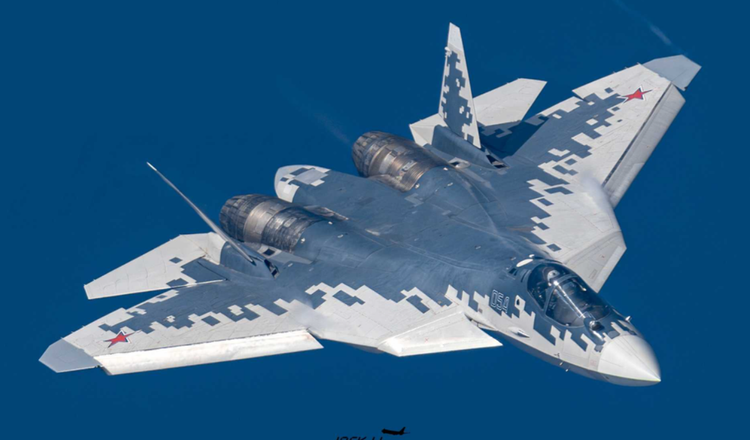
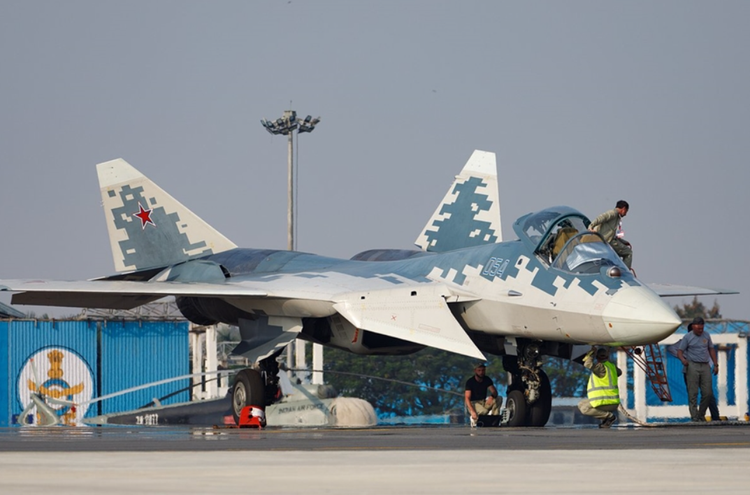
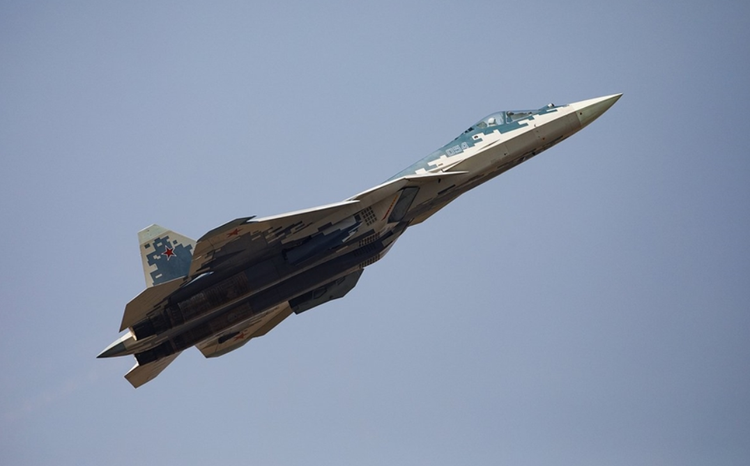
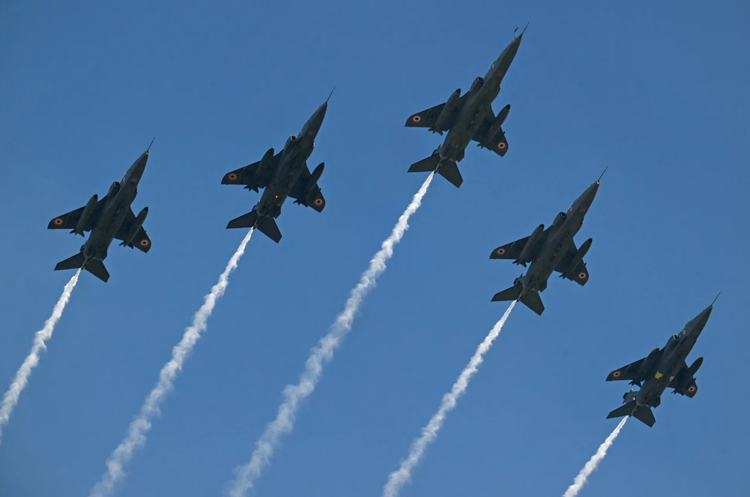
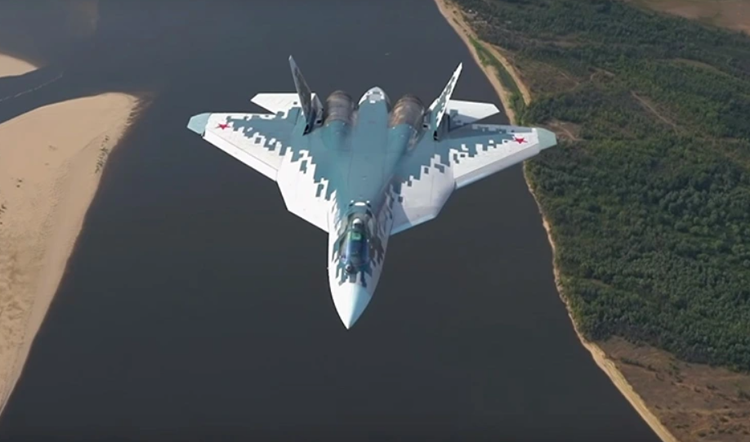


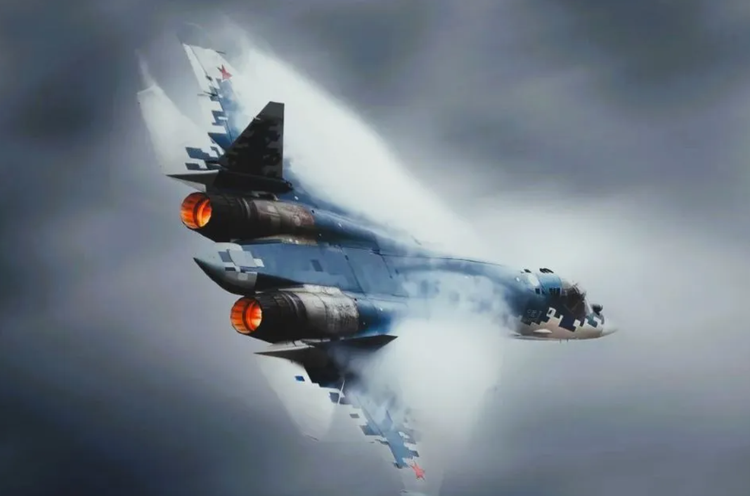
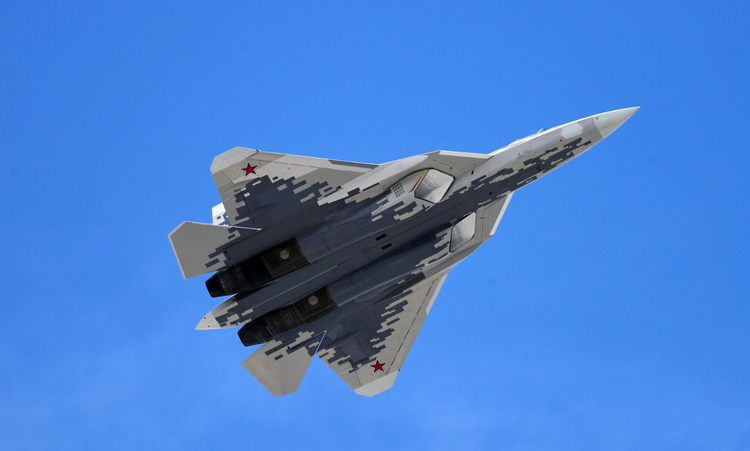

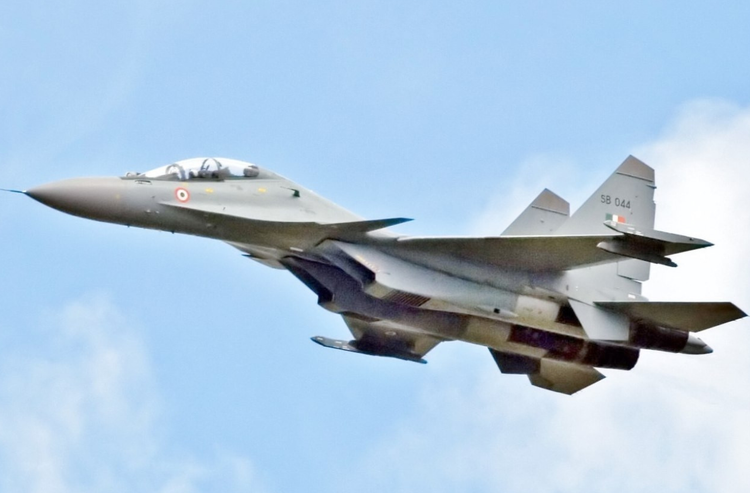
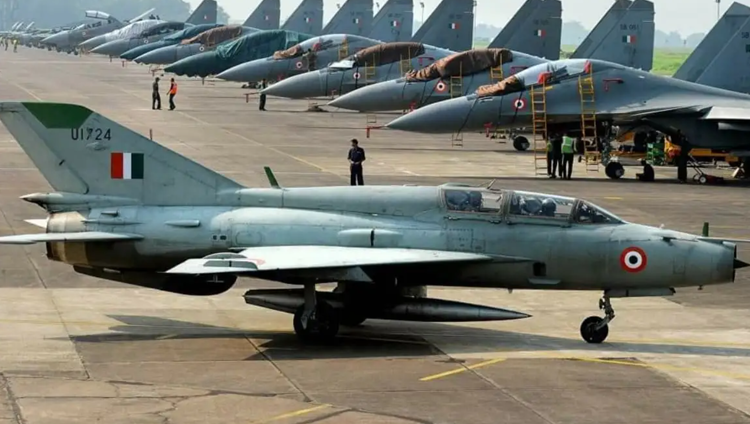
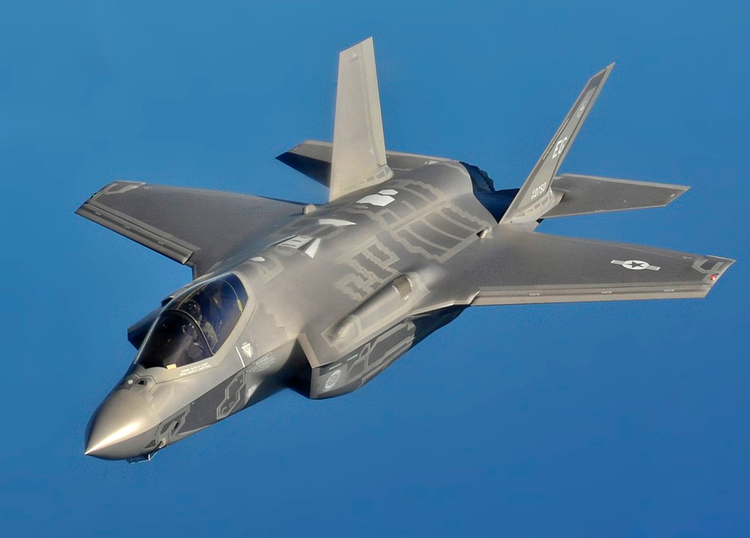
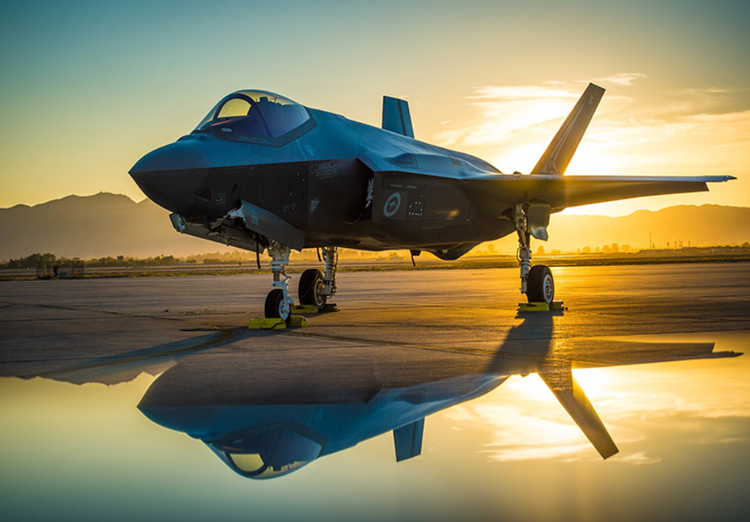
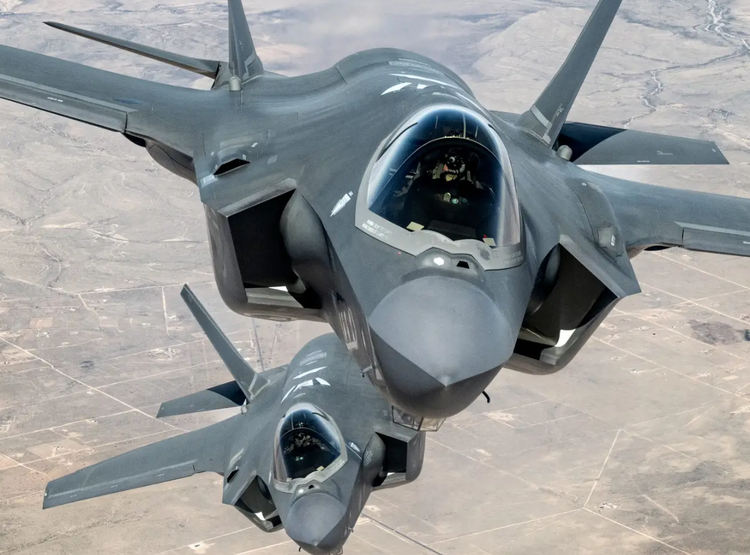
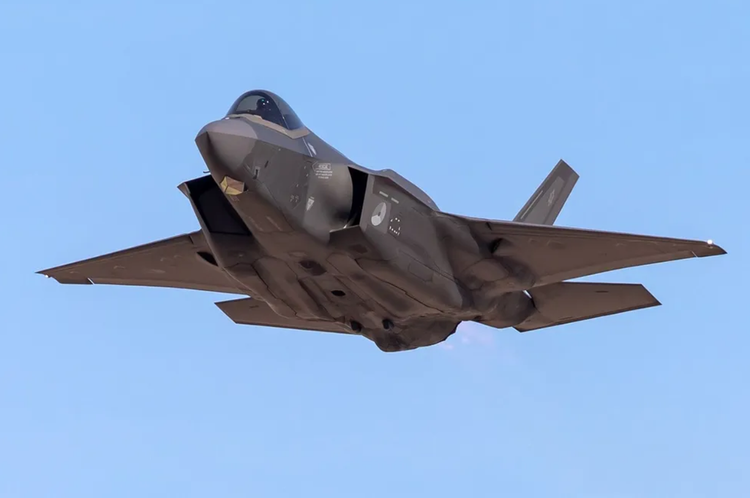
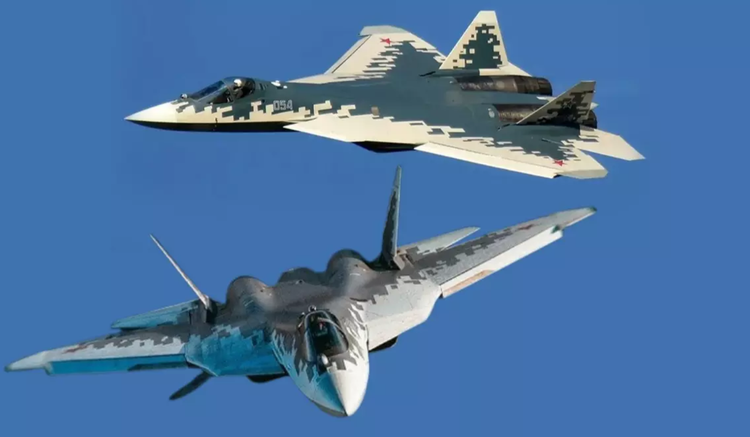


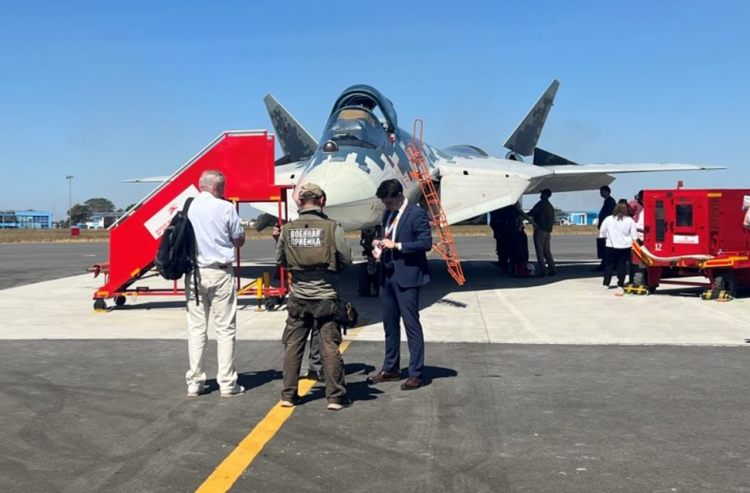
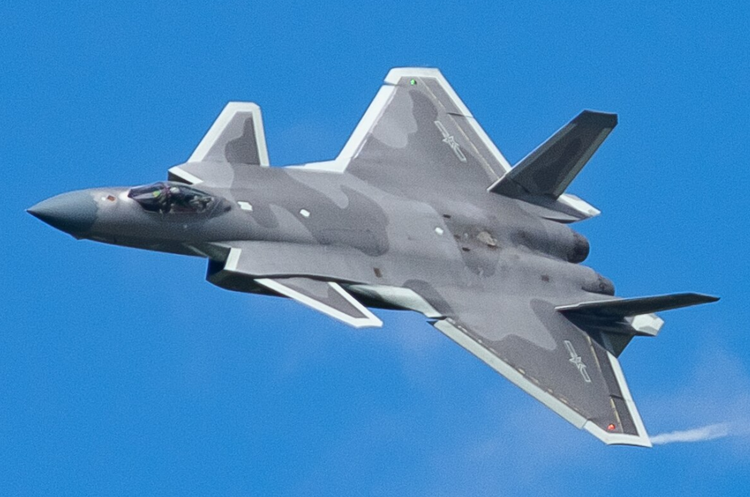
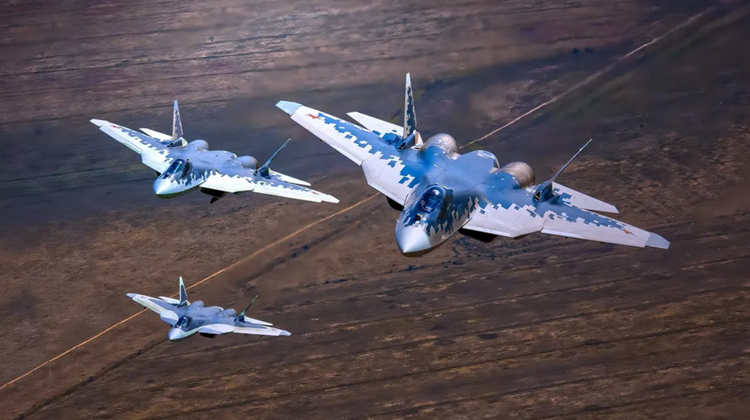
![[Photo] Prime Minister Pham Minh Chinh chairs the Conference to deploy the National Target Program on Drug Prevention and Control until 2030](https://vphoto.vietnam.vn/thumb/1200x675/vietnam/resource/IMAGE/2025/10/09/1759990393779_dsc-0495-jpg.webp)



![[Photo] Prime Minister Pham Minh Chinh chairs a meeting of the Government Standing Committee on overcoming the consequences of natural disasters after storm No. 11](https://vphoto.vietnam.vn/thumb/1200x675/vietnam/resource/IMAGE/2025/10/09/1759997894015_dsc-0591-jpg.webp)
























































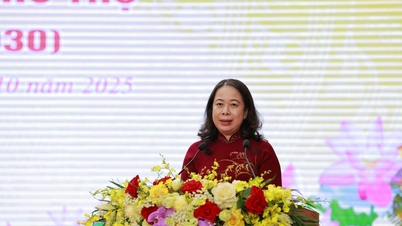


































Comment (0)